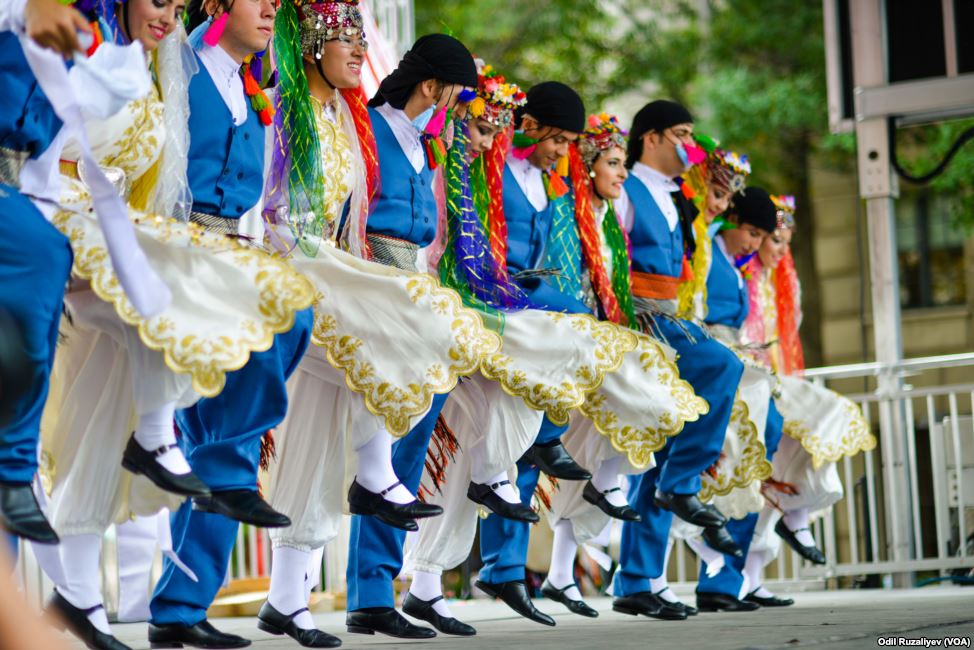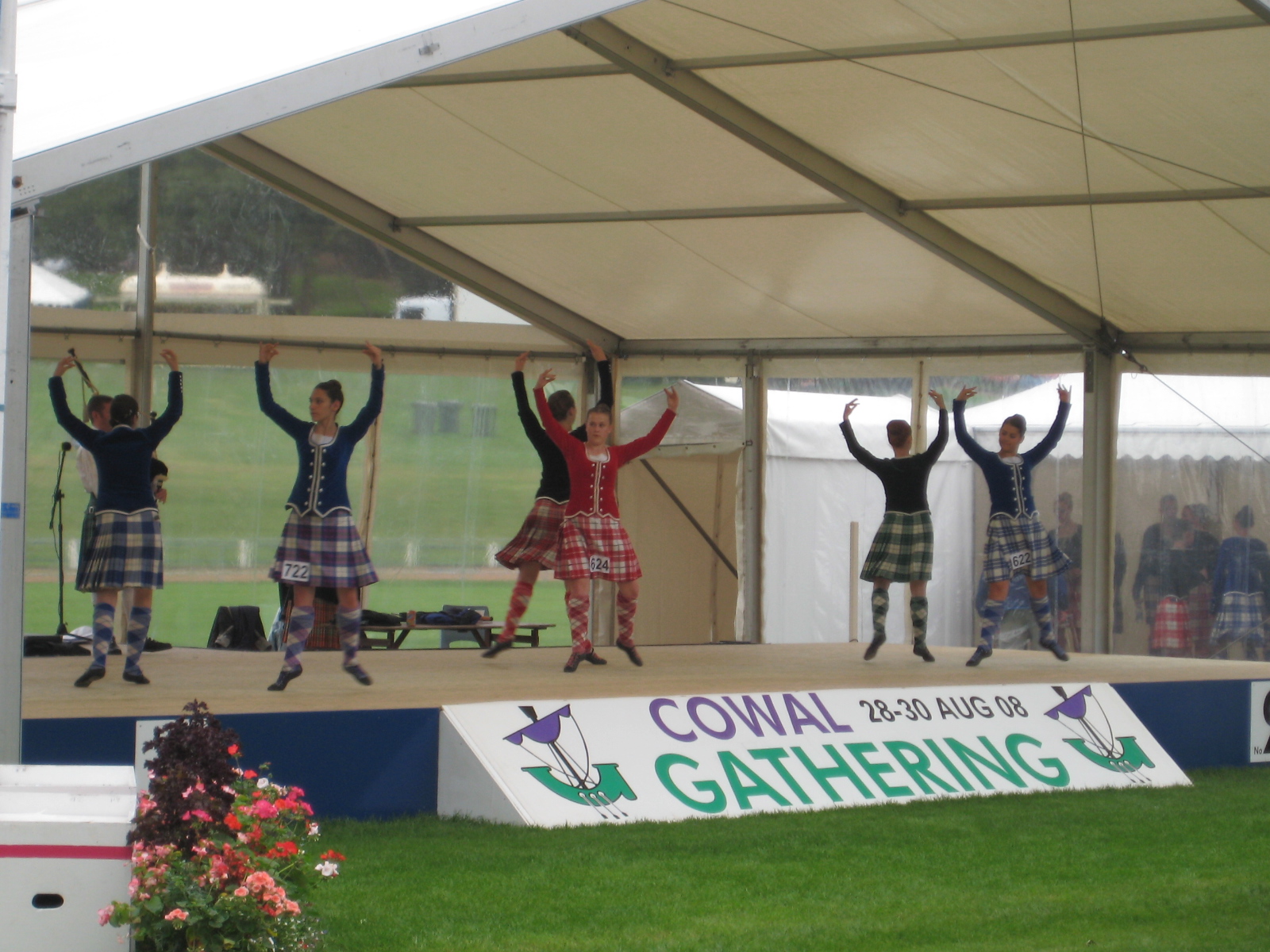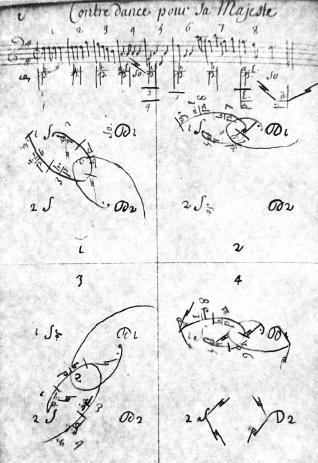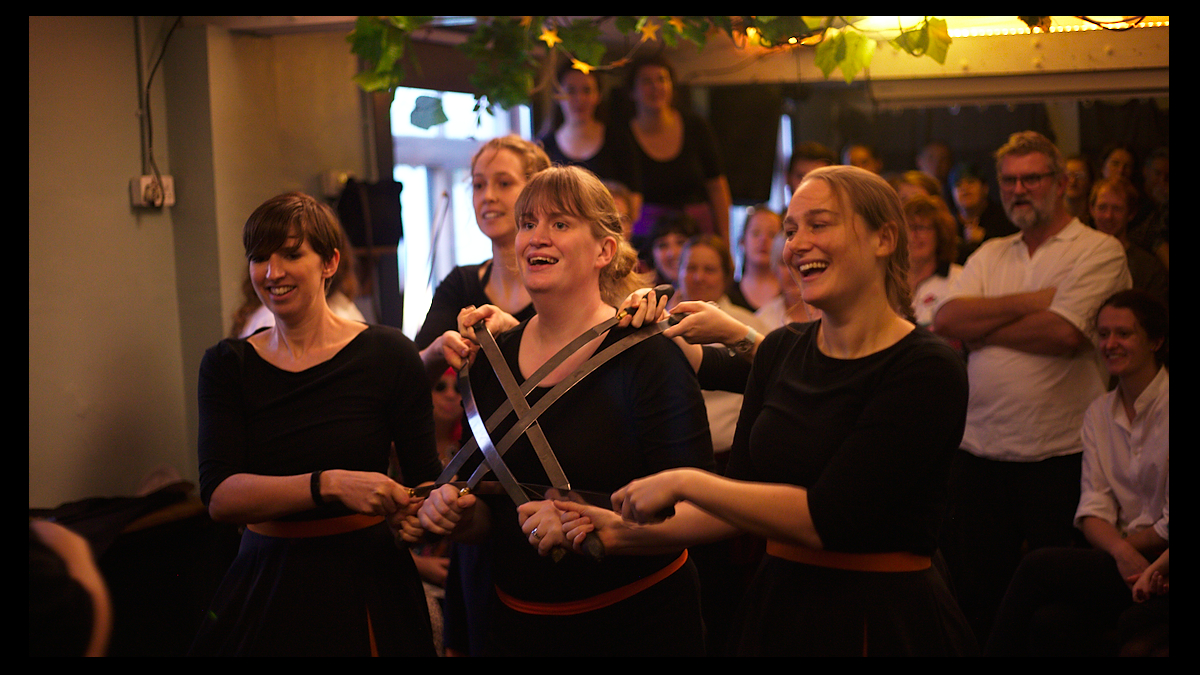|
Slip Jig
Slip jig () refers to both a style within Irish music, and the Irish dance to music in slip-jig time originating from England. The slip jig is in time, traditionally with accents on 5 of the 9 beats — two pairs of crotchet/quaver (quarter note/eighth note) followed by a dotted crotchet note. The slip jig is one of the four most common Irish stepdances, the others being the reel, the jig and the hornpipe. It is danced in soft shoes. At one time only men danced it, then for several decades only women, and today slip jigs can be danced by any dancer, though at a competitive level they are almost exclusively danced by women. This dance is graceful and controlled, with heels very high, often called "the ballet of Irish dance". There are also traditional Irish '' céilí'' dances which are slip jigs, though these are much less common than reels and double jigs. Because of its timing, the slip jig is longer than the reel for the same number of bars of music. In Irish stepdance ... [...More Info...] [...Related Items...] OR: [Wikipedia] [Google] [Baidu] |
Tempo
In musical terminology, tempo (Italian for 'time'; plural 'tempos', or from the Italian plural), measured in beats per minute, is the speed or pace of a given musical composition, composition, and is often also an indication of the composition's character or atmosphere. In classical music, tempo is typically indicated with an instruction at the start of a piece (often using conventional Italian terms) and, if a specific metrical pace is desired, is usually measured in beat (music), beats per minute (bpm or BPM). In modern classical compositions, a "metronome mark" in beats per minute, indicating only measured speed and not any form of expression, may supplement or replace the normal tempo marking, while in modern genres like electronic dance music, tempo will typically simply be stated in bpm. Tempo (the underlying pulse of the music) is one of the three factors that give a piece of music its texture (music), texture. The others are meter (music), meter, which is indicated by a ... [...More Info...] [...Related Items...] OR: [Wikipedia] [Google] [Baidu] |
Irish Dances
Irish commonly refers to: * Someone or something of, from, or related to: ** Ireland, an island situated off the north-western coast of continental Europe ***Éire, Irish language name for the island and the sovereign state *** Erse (other), Scots language name for the Irish language or Irish people ** Republic of Ireland, a sovereign state ** Northern Ireland, a constituent unit of the United Kingdom of Great Britain and Northern Ireland * Irish language, a Celtic Goidelic language of the Indo-European language family spoken in Ireland * Irish English, set of dialects of the English language native to Ireland * Irish people, people of Irish ethnicity Irish may also refer to: Places * Irish Creek (Kansas), a stream in Kansas * Irish Creek (South Dakota), a stream in South Dakota * Irish Lake, Watonwan County, Minnesota * Irish Sea, the body of water which separates the islands of Ireland and Great Britain People * Irish (surname), a list of people * William Irish, ... [...More Info...] [...Related Items...] OR: [Wikipedia] [Google] [Baidu] |
Turkish Dance
Turkish folk dances are the folk dances of Turkey. Facing three seas, straddling important trade routes, Turkey has a complex, sophisticated culture, reflected in the variety of its dances. The dominant dance forms are types of line dance. There are many different types of folk dances performed in various ways in Turkey. Zeybek, Teke Zortlatması in Aegean region, Bar in Erzurum province, Halay in the central, southern, eastern, and southeastern parts of the country, Hora in Thrace, Horon in the eastern Black Sea region, Spoon dances in and around Konya, and Lezginka in Kars and Ardahan are some of the best known examples of these. Types of dance Bar With their structure and formation, they are the dances performed by groups in the open. They are spread, in general, over the eastern part of Anatolia (Erzurum, Bayburt, Ağrı, Kars, Artvin and Erzincan provinces). The characteristic of their formation is that they are performed side-by-side, hand, shoulder and arm ... [...More Info...] [...Related Items...] OR: [Wikipedia] [Google] [Baidu] |
Karsilama
Karsilamas (; ) is a folk dance spread all over Northwest Turkey and carried to Greece by Anatolian Greek immigrants. The term "karşılama" means "encounter, welcoming, greeting" in Turkish language, Turkish. The dance is popular in Northwestern areas of Turkey, especially on wedding parties and festivals. This dance is also found in many areas of Greece, such as the Aegean islands (Syros, Kythnos, Lesvos, etc.) as well as in Thrace and Macedonia. Apart from Karsilamas, in Greece and Cyprus there is a similar dance named Antikrystos. Antikrystos, translates also, as "anti-face", i.e., face-to-face. Karsilamas is a couple dance that is still danced in what was the Ottoman Empire, from Persia to Serbia, and in the Macedonia (Greece), Macedonia and Thrace regions of Northern Greece. Figures of the dance may vary from region to region, but the main theme is two people face each other, and music rhythmically controls their next moves. Traditionally, people dance without any figure ... [...More Info...] [...Related Items...] OR: [Wikipedia] [Google] [Baidu] |
Highland Dancing
Highland dance or Highland dancing () is a style of competitive dancing developed in the Scottish Highlands in the 19th and 20th centuries, in the context of competitions at public events such as the Highland games. It was created from the Gaelic folk dance repertoire, but formalised with the conventions of ballet, and has been subject to influences from outside the Highlands. Highland dancing is often performed with the accompaniment of Highland bagpipe music, and dancers wear specialised shoes called ghillies or pumps. It is now seen at nearly every modern-day Highland games event. Highland dance should not be confused with Scottish country dance, cèilidh dancing, or clog dancing, although they too may be performed at Highland games and like competitions. Basic description of Highland dancing Highland dancing is a competitive and technical dance form requiring technique, stamina, and strength, and is recognised as a sport by the Sport Council of Scotland. In Highland ... [...More Info...] [...Related Items...] OR: [Wikipedia] [Google] [Baidu] |
Set Dance
A country dance is any of a very large number of social dances of a type that originated in England in the British Isles; it is the repeated execution of a predefined sequence of figures, carefully designed to fit a fixed length of music, performed by a group of people, usually in couples, in one or more sets. The figures involve interaction with your partner and/or with other dancers, usually with a progression so that you dance with everyone in your set. It is common in modern times to have a "caller" who teaches the dance and then calls the figures as you dance. Country dances are done in many different styles. As a musical form written in or time, the contredanse was used by Beethoven and Mozart. Beethoven's 6 Ecosaises WoO83 are dated to 1806. Mozart's 6 Ländlerische Tänze, K.606 are dated to 1791. Introduced to South America by French immigrants, Country Dance had great influence upon Latin American music as contradanza. The ''Anglais'' (from the French word meanin ... [...More Info...] [...Related Items...] OR: [Wikipedia] [Google] [Baidu] |
Folk Dance
A folk dance is a dance that reflects the life of the people of a certain country or region. Not all ethnic dances are folk dances. For example, Ritual, ritual dances or dances of ritual origin are not considered to be folk dances. Ritual dances are usually called "religious dances" because of their purpose. The terms "ethnic" and "traditional" are used when it is required to emphasize the cultural roots of the dance. In this sense, nearly all folk dances are ethnic ones. If some dances, such as polka, cross ethnic boundaries and even cross the boundary between "folk" and "ballroom dance", ethnic differences are often considerable enough to mention. Background Folk dances share some or all of the following attributes: *Dances are usually held at folk dance gatherings or social functions by people with little or no professional training, often to traditional music. *Dances not generally designed for public performance or the stage, though they may later be arranged and set for ... [...More Info...] [...Related Items...] OR: [Wikipedia] [Google] [Baidu] |
Strip The Willow
Strip the willow is a ceilidh dance. It has variations depending upon whether it is being performed as a movement in a larger dance or a complete dance in itself. Description The form described here is that commonly used as part of a Scottish ceilidh dance. The dancers form a ''longways set'' (a row of gentlemen facing their partners, a row of ladies) of four couples. The 'objective' is to move the top couple to the bottom of the set, and the other couples move up one position. A brief description of the dance would be: The top couple link arms and spin each other for a count of 16, at which point the lady 'strips' down the line of men alternating left-handed anti-clockwise swings with someone else's partner right-handed clockwise half-turn swings with their partner working steadily down the set, the gentleman at this point swinging only with his partner. At the bottom, the couple join again and spin for a count of 8, then the gentleman 'strips' up the line of ladies the same as ... [...More Info...] [...Related Items...] OR: [Wikipedia] [Google] [Baidu] |
Irish Music
Irish music is music that has been created in various genres on the island of Ireland. The indigenous music of the island is termed Irish traditional music (or Irish folk music). It has remained vibrant through the 20th and into the 21st century, despite globalising cultural forces. In spite of emigration and mass exposure to music from Britain and the United States, Ireland's traditional music has kept many of its elements and has itself influenced other forms of music, such as country and roots music in the United States, which in turn have had some influence on modern rock music. Irish folk music has occasionally been fused with punk rock, electronic rock and other genres. Some of these fusion artists have attained mainstream success, at home and abroad. In art music, Ireland has a history reaching back to Gregorian chants in the Middle Ages, choral and harp music of the Renaissance, court music of the Baroque and early Classical period, as well as many Romantic, ... [...More Info...] [...Related Items...] OR: [Wikipedia] [Google] [Baidu] |





